As well-informed travellers rightfully focus on how they impact the world, eco-conscious travel is a primary concern for many. From upcycling to electric-free operations, these hotels are leading the way.
Eco-conscious practices at hotels may include farm-to-fork dining, water conservation and energy efficiency. But, as these seven hotels demonstrate, there’s a lot more that can be done. At The Brando in French Polynesia, sea water is used to cool the property, reducing the need for standard air conditioning. At Fenyan Eco Lodge in Jordan, almost no electricity is used at all.
These hotels are setting the standard when it comes to protecting our environments and creating a sustainable future for all.
Reduced Environmental Footprint and Pollutant-Free Swimsuits
Don’t bring your swimsuit when you visit Arctic Bath – you won’t be allowed to use it. Wellness facilities are central to this frozen, fairy-tale like hotel, but they’ll provide you with pollutant-free swimwear on check-in. It’s to ensure you don’t leave toxins behind when you plunge into the icy waters. The daring design of the circular spa has been brought to life with minimal eco-footprint; it, along with Water Rooms, floats on the Lule River during summer and is embedded into the river’s frozen waters during winter. Land Cabins are built on elevated stilts. All of them ensure no damage to the underlying ground. Immerse yourself into the local Sámi culture with husky sledding, ice fishing, reindeer herding, and evening folk stories around a fire. Visit between September and April for the best chance of catching the Northern Lights.
No-Harm, Minimal-Impact Air Conditioning (SWAC)
We love it when a hotel’s eco-practices have tangible, measurable results, as is the case at uber-private island resort, The Brando. Their innovative Sea Water Air Conditioning (SWAC), introduced in 2014, saves up to 90 per cent in energy consumption, compared to traditional methods. In 2022, this equalled circa USD 1.5 million a year specifically for the resort’s electricity consumption, reducing CO2 emissions by 1,980 tons – the equivalent of 273,240 meat-based meals or nearly four million vegetarian meals. Read those numbers again, this is no small accomplishment. The exclusive, paparazzi-free island was the brainchild of actor and eco-pioneer, Marlon Brando, who once called the atoll home. Committed to creating innovative technologies in order to build a self-sustaining island, without compromising on comfort and style, The Brando opened as a resort welcoming guests 10 years after his death. Here, hidden villas boast private beaches, a spa offers holistic treatments, and clientele includes Barack and Michelle Obama, Leonardo DiCaprio, and Pippa Middleton. It’s clear Brando achieved his dream.
Electricity Free (Almost)
A candle-lit staircase guides you to your bedroom at this remote, 26-room lodge in Jordan’s mountainous Dana Biosphere Reserve. Not to induce a romantic atmosphere – though it does that nicely too – but because Fenyan Eco Lodge runs almost entirely without electricity. Atmospheric fireplaces fuelled by olive waste heat the property during winter months, laundry is air-dried, and drinking water comes directly from nearby spring, Wadi Dana. The kitchen is one of the spaces where electricity (generated via solar and photovoltaic panels) is used: to cool the vegetarian-only ingredients that will be whipped into delicious dinners of falafel, hummus, and other local favourites. Most meals are served alongside Arabic bread known as shraaq, made daily by local Bedouin, Um Khalid. All other hotel staff are locals, too.
Upcycling
When it comes to doing things right, The Pig Hotels lead the way in many areas including: the use of locally-sourced and home-grown produce in the kitchens; reducing waste (one example of this is the three and a half million litres of water saved by using a flow restrictor in their showers); and support of local communities. But it’s the creative way they upcycle that has caught our eye. And this includes the buildings their hotels are actually housed inside too; each is a historic house that they’ve brought back to life. Dotted around the properties you’ll find plenty of stylish upholstery and furniture upcycling; look out for table tops made using disused wine barrels, toilet-roll holders made from broomstick ends, coffee tables made from apple crates, and lampshades made from vintage saris.
Community Support
We can’t discuss sustainability in Costa Rica without giving a hat tip to the country’s tourism model as a whole. In 1997, the Costa Rican Tourism Institute initiated a country-wide certification to guide sustainability. Arenas Del Mar is one of more than 400 businesses (in this case, a hotel) with official certification, and is working hard to upkeep the strict standards achieved. The hotel – half rainforest, half beach (choose an Ocean Breeze Suite for views of both) – offers all the usual eco-friendly practices including a no-plastic policy, homegrown vegetables, and the use of organic cleaning products, but is also actively involved with the local community. They provide meals for the homeless, support a local school, organise litter picking days, and are replanting the endemic flora that was once removed to make way for a plantain farm.
Long-Term Planning
Putting the African wilderness first, the Singita way of thinking is ahead of its time. One hundred years ahead, in fact. Their 100-Year Conservation Vision includes the use of renewable energy, sustainable food sources, and anti-poaching methods in a long-term “commitment to biodiversity, sustainability and community partnerships.” At Singita Mara River Tented Camp, on the Tanzanian side of the Serengeti, you’ll find safari-vibes-a-plenty. Each tent is built from natural, sustainable materials such as canvas and stone, and interspersed with fun furnishings from contemporary African designers, including from the local Nguni tribe. The open-air, breezy design also means you won’t need to rely on air conditioning as you relax into the lifestyle. Plan your trip during August for the best chance of catching the wildebeest migration.
Biophilic Design
1 Hotels are blazing an eco-friendly trail, with initiatives such as the use of reclaimed materials, plastic reduction, filtered water and wind power common across all properties, from London to New York, Melbourne to Hawaii. But it’s their design practices that have caught our attention. “We all have an innate need to connect with other living things, including plants, animals, and other human beings. This is called biophilia,” says Paloma Teppa, founder of Plant the Future, a Miami-based design studio and 1 Hotels partner. It’s a philosophy that can be seen in her work with 1 Hotels; she’s created a moss mural for the lobby of 1 Hotel South Beach in Miami, for example. The concept can also be seen in the wood-covered walls and bamboo ceilings at 1 Hotel Toronto, and in the hanging garden at their West Hollywood outlet. “Being close to nature helps us feel peace, joy, and harmony,” says Teppa and, as cities around the world rapidly increase in size, population – and concrete, it’s an important concept to remember. As Frank Lloyd Wright once said, “study nature, love nature, stay close to nature. It will never fail you.”
Lead image: Arenas Del Mar
We may earn a commission if you buy something from any affiliate links on our site.








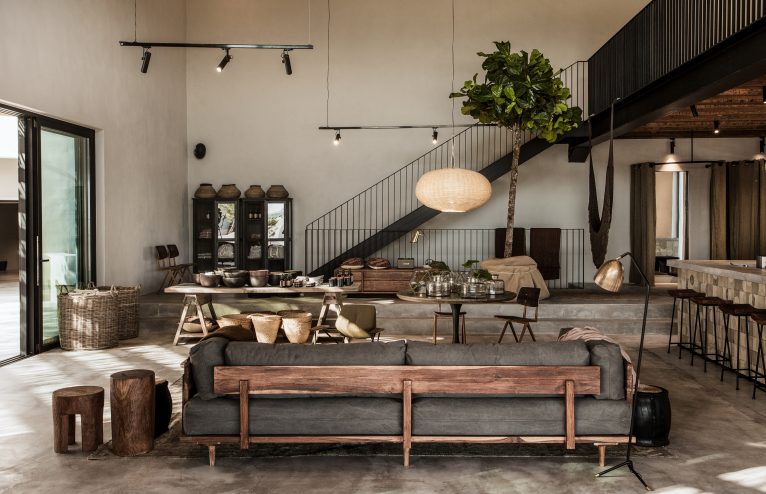
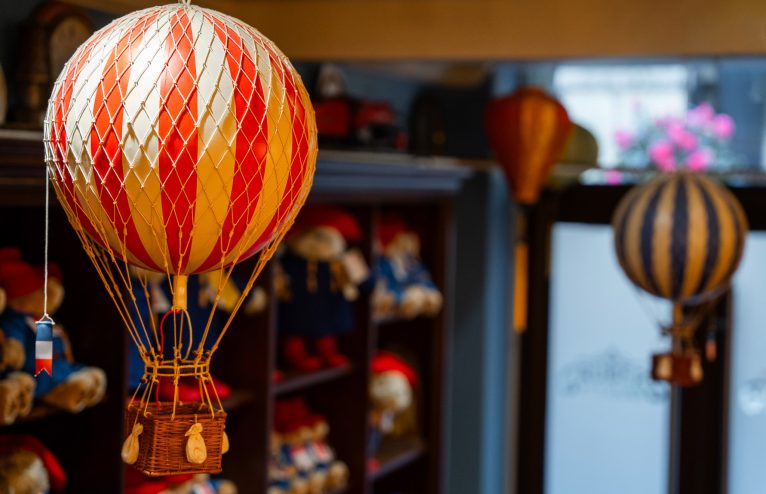



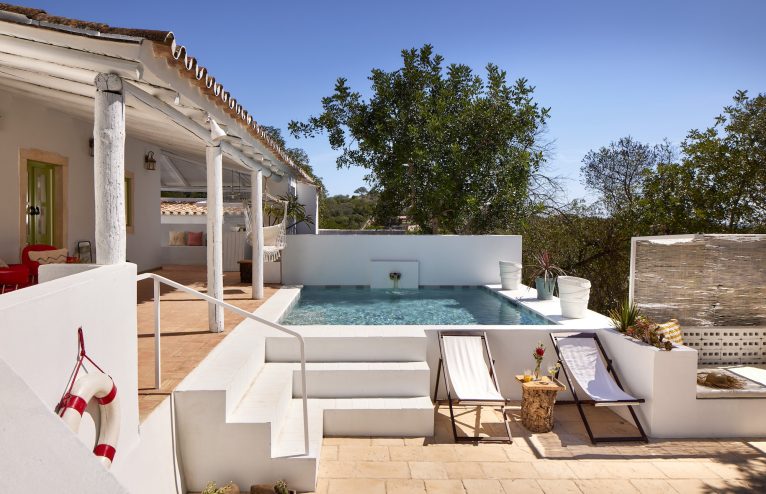






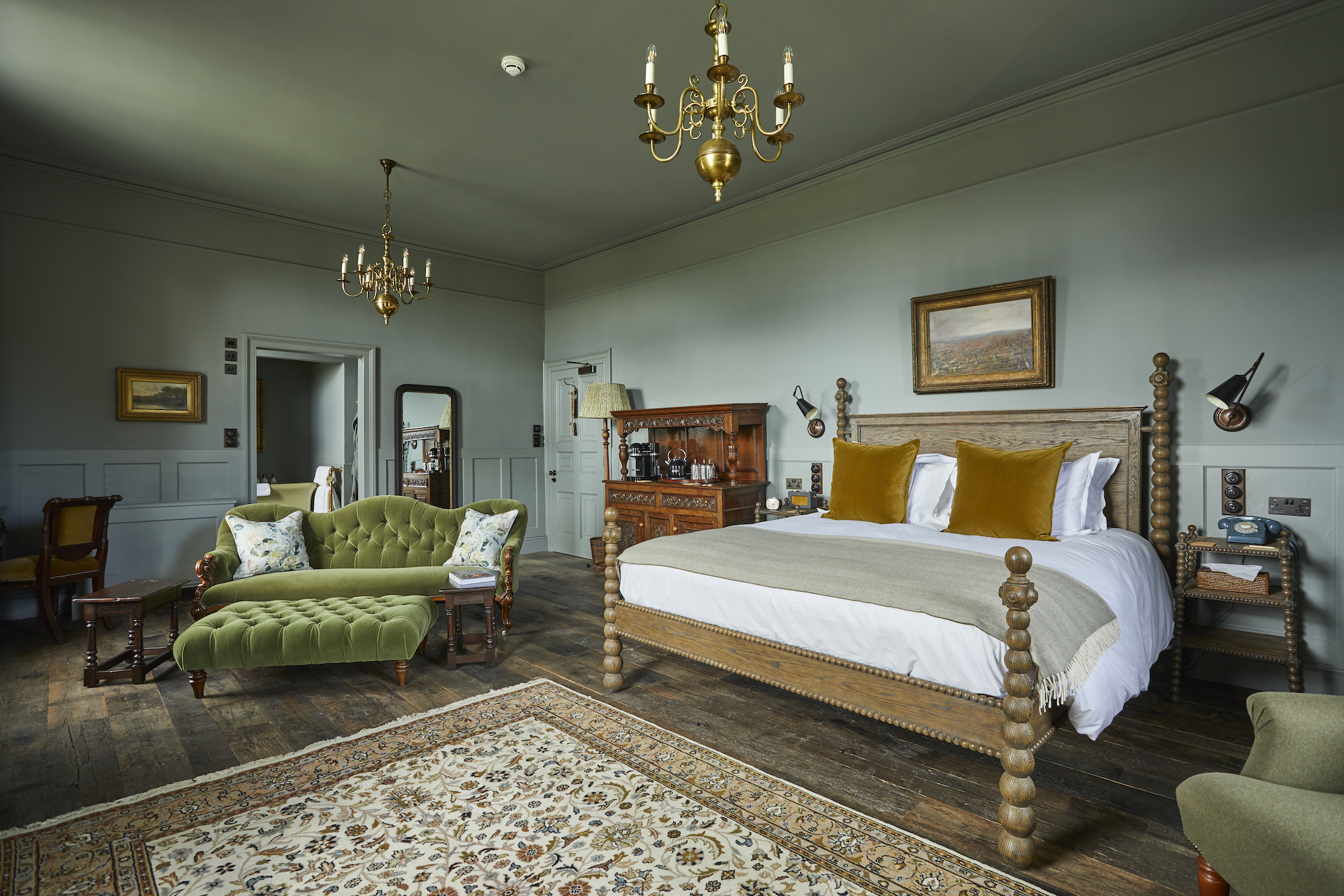



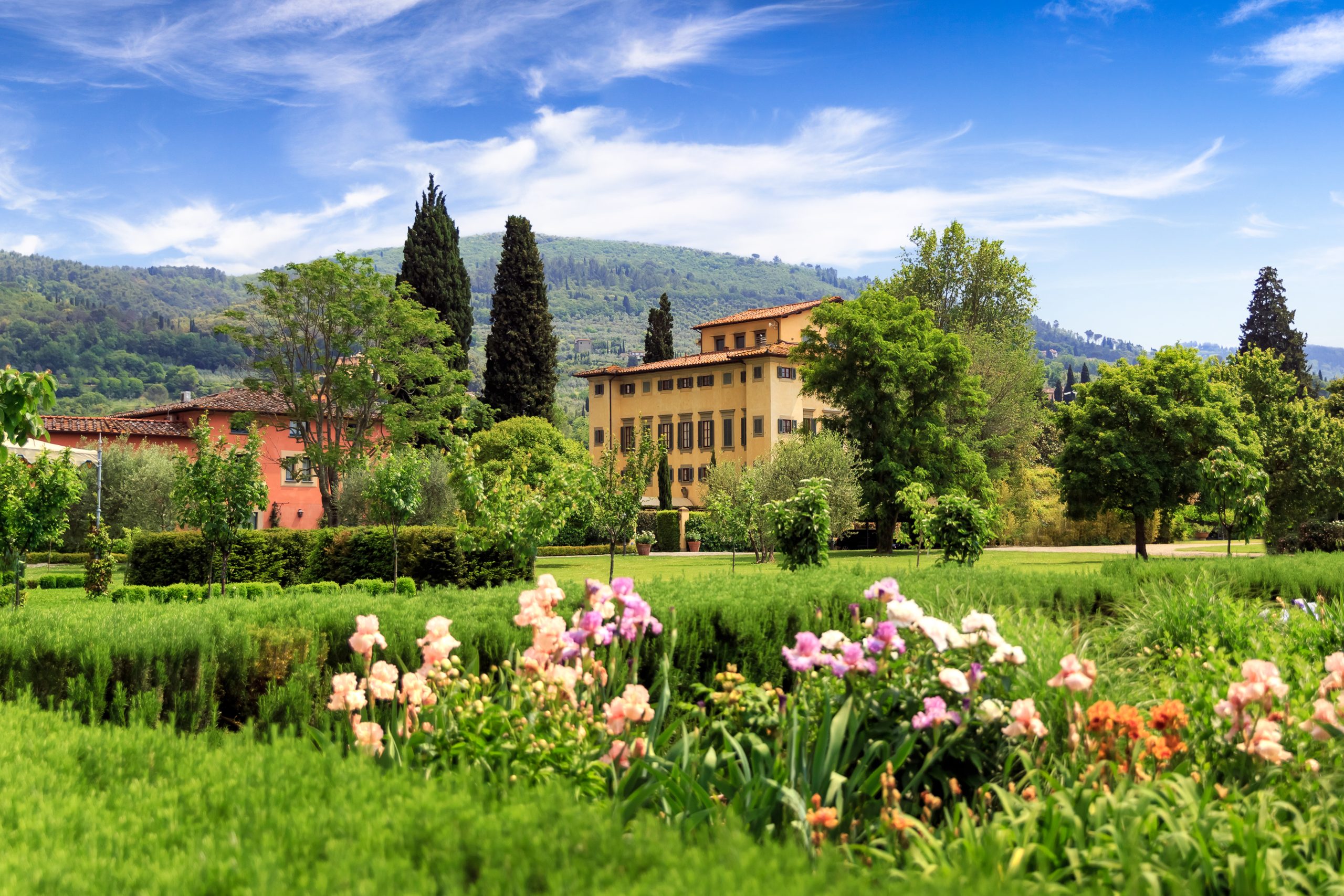



Any Questions or Tips to add?